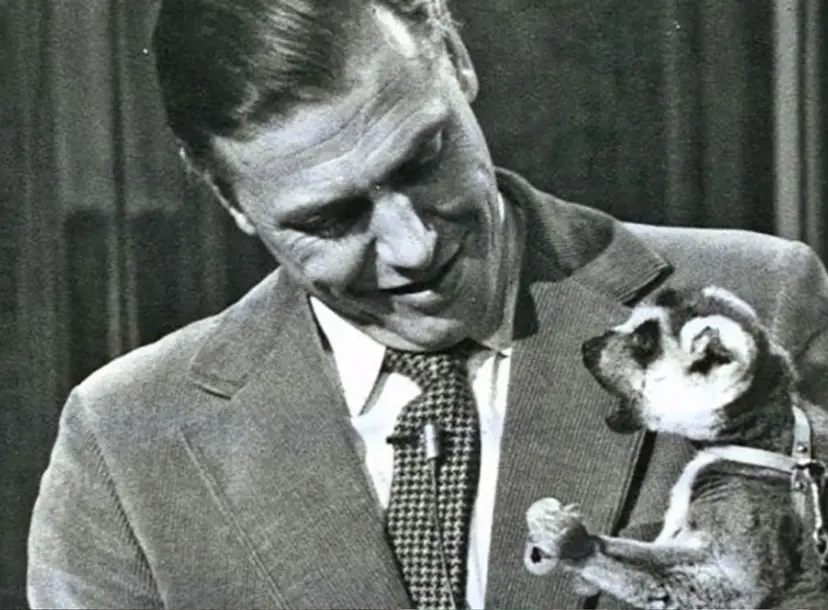Lecture 1 – Beware!
In this Lecture, Sir David Attenborough looks at animals' defence mechanisms.
Animals must defend themselves, not only against other creatures that want to eat them, but sometimes against creatures of their own kind.
The first line of defence that animals use is warning. To warn off danger, many creatures will adopt alarm signals to scare the other away.
Physical fighting with claws is dangerous and destructive, and it is far better for the animal to avoid bloodshed. So animals have developed other ways of threatening each other. Often, they will exaggerate their own strength or fierceness. Some animals will even pretend to be a different creature altogether.
In many cases, joint action is more effective and animals will join forces to make a united threat.
In addition to protecting themselves from predation, males also have an additional problem within their species in maintaining their territory. Using a variety of methods, males will often 'mark' out their territory on a plot of land to signal to other males that it is theirs to keep. Once this has been secured, males may use this territory all year round all perhaps just for breeding.
About the 1973 CHRISTMAS LECTURES
Breaking the cardinal rule of broadcast television – ‘never work with animals or children’ – Sir David Attenborough demonstrates the varied means by which animals convey information to one another and reveals a collection of diverse and complicated behaviours.
From visual signals to distinctive scents, the series explores the vast repertoire of animal language as well as the diverse meaning of messages, whether it be attracting a mate or acting as a warning signal.
As David explains, getting the right message across often means the difference between life and death. Parents communicate with their young, infants signal when they’re in distress and specific colours can signal danger. Other animals have also devised clever deceptions, mimicking the warning signals of others without actually possessing a physical threat.
Language is shown to be a universal tool of the animal kingdom but, asks David, how can we learn what animals are saying to each other and how does their language compare to our own? The series concludes by exploring whether it is possible for us to communicate with animals and if we could ever hope to teach an animal to use a human language.
Help us find the missing CHRISTMAS LECTURES
The fourth lecture in the series, 'Simple Signs and Complicated Communications', is considered a missing a lecture, as there is no known copy of it.
If you do have a copy of the recording, we would love it if you got in touch with us at xmaslectures@ri.ac.uk to help us make all our CHRISTMAS LECTURES available for future generations.





